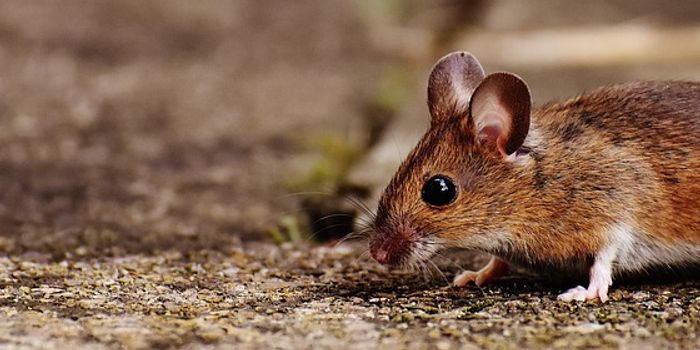8.7 gigatons of carbon: the damage that Southeast Asia's damaged peatlands could do
A new study has found that the clearing, draining and burning of peat swamps for acacia and other timber plantations and construction is the most detrimental use of land, releasing exponential amounts of carbon dioxide into the atmosphere and spurring on climate change. The research team, headed by Dr. Susan Page of the University of Leicester Department of Geography and colleagues involved in the EU-funded CARBOPEAT and RESTORPEAT projects, determined that draining peat for the production of palm oil and pulpwood tree plantations results in near-term carbon loss. This practice is particularly devastating in Indonesia and other parts of Southeast Asia. The team’s results shows that Southeast Asia’s damaged peatlands could release as much as 8.7 gigatons of carbon over the next 100 years. Mongabay News puts that number into perspective: “That is equal to 23 power plants consuming 47 million train car-loads of coal during the same period. To offset this, we need to keep 18 million cars off the roadways for a century, or prevent every car on the planet from driving for two years.” This data supports the findings of a recent Greenpeace report on the impact of growing oil palm on tropical peatlands.

This is especially upsetting because Southeast Asia is home to over half of the world’s tropical peat, where swamps began forming 6-8,000 years ago. The organic material accumulates at a rate of 0.2-2.0 millimeters per year. By doing so, it acts as a carbon sink that keeps vast amounts of carbon dioxide out of the atmosphere.
The statistics from the University of Leicester explain this phenomenon numerically: “Natural peat swamp forest acts as a carbon sink accumulating at least 2.6 t ha-1 CO2e yr-1 as a consequence of tree growth and peat accumulation. Peatland under plantation agriculture and degraded peatland are both major carbon sources with oil palm and pulpwood plantations emitting CO2 e in the order of 170 and 280 t ha-1 yr-1, respectively, equivalent to 1,000 and 1,900 t ha-1 yr-1 over the 25 year life cycle.”

Science Daily explains that the worst land use scenario is degraded peatland. “This is peatland that has been deforested and drained but is not currently managed; these degraded peatlands are susceptible to fire in every dry season which leads to large carbon emissions. Plantations of oil palm and acacia trees grown for pulpwood, however, also lose large amounts of carbon (see table) owing to rapid decomposition of the peat carbon store as a result of oxidation caused by deep land drainage.”
Not surprisingly, forests left undeveloped are the best way to counteract this carbon source. However, as oil palm and pulpwood plantations provide a much needed boost to many Southeast Asian economies, the research team recommended that if these plantations must be developed, then one crop rotation followed by optimum restoration — including complete blockage of drainage canals and aggressive fire prevention — results in the least peat loss.
Sources: Mongabay News, Wetlands.org, Science Daily, University of Leicester








